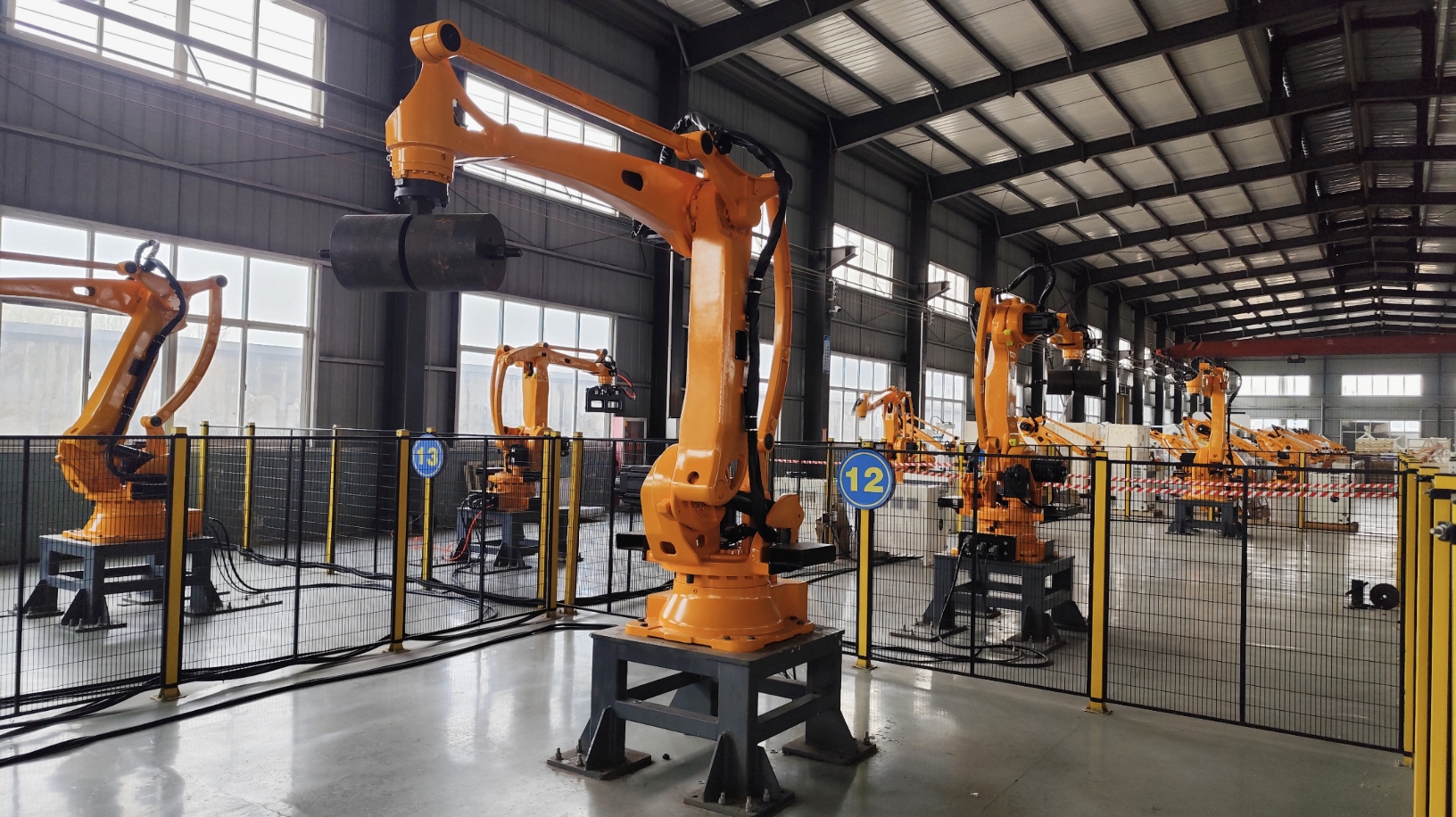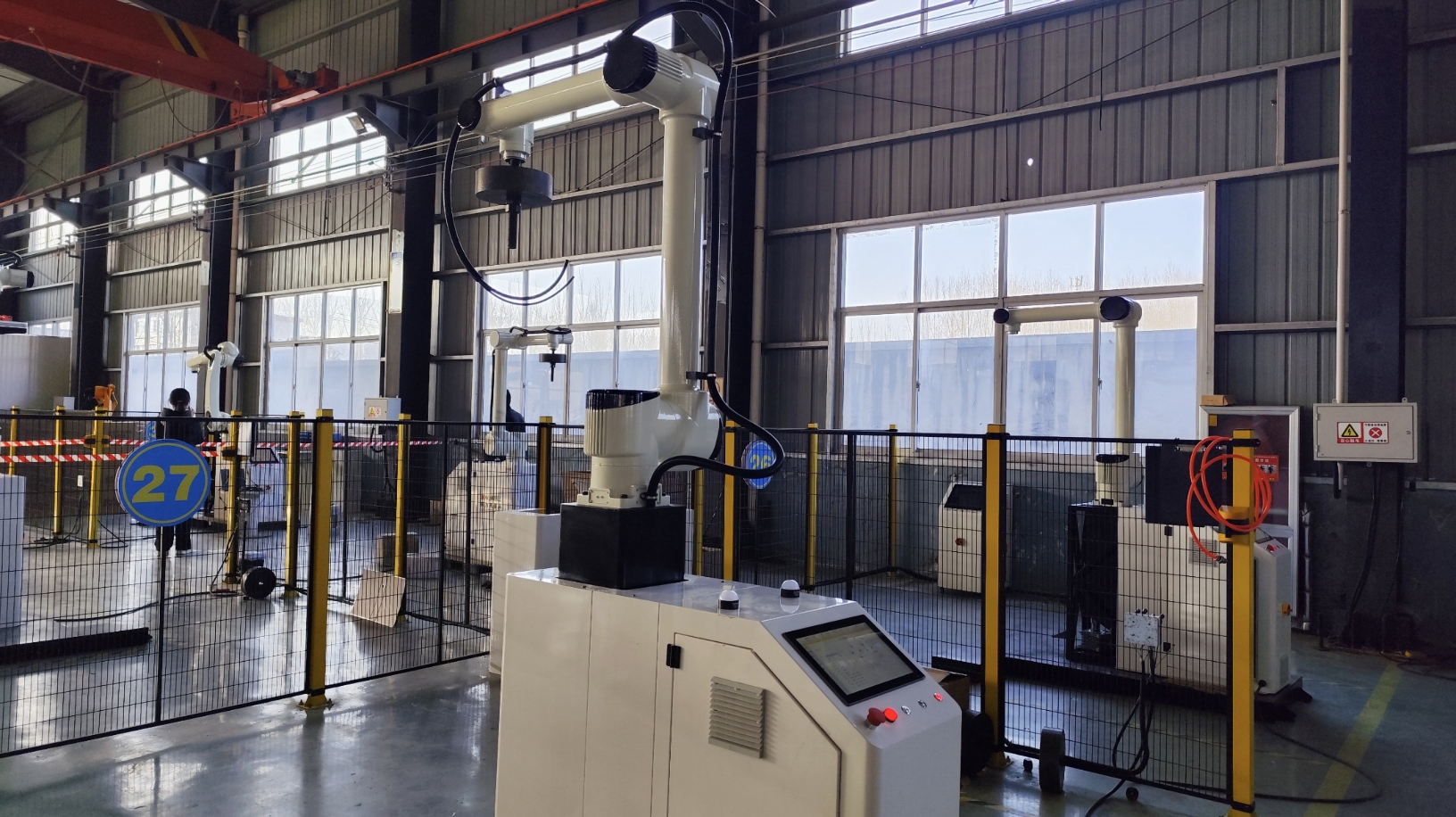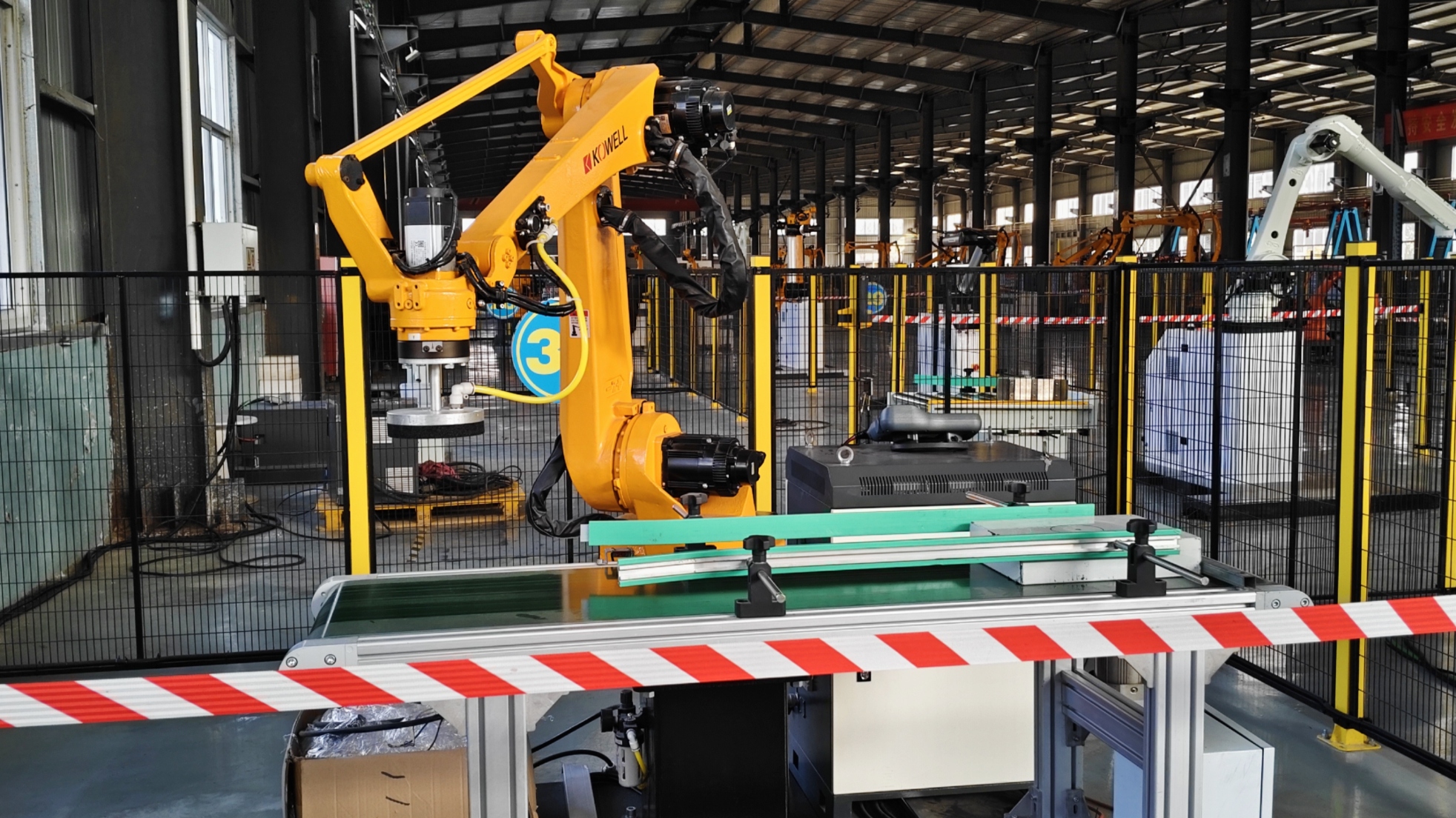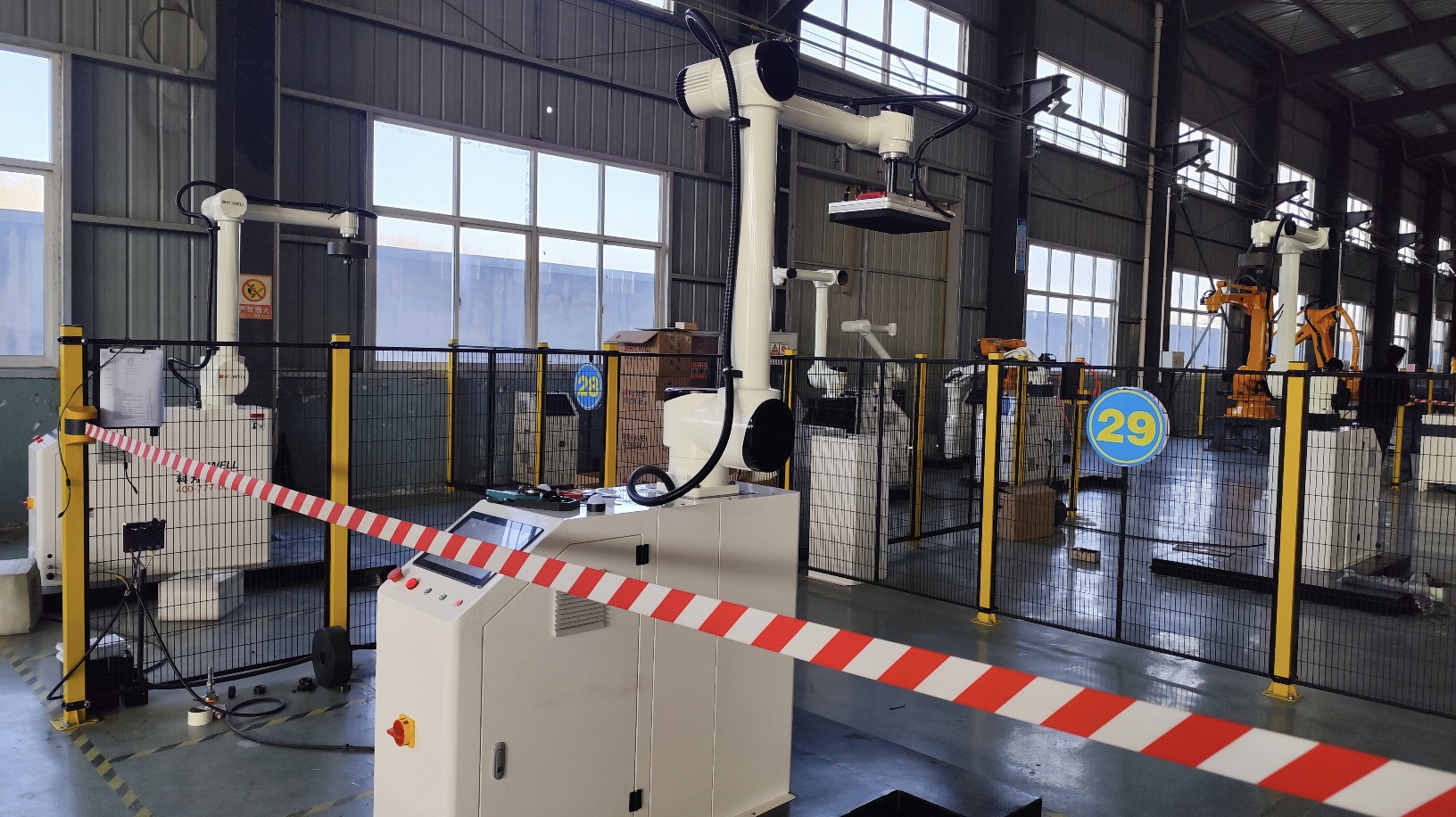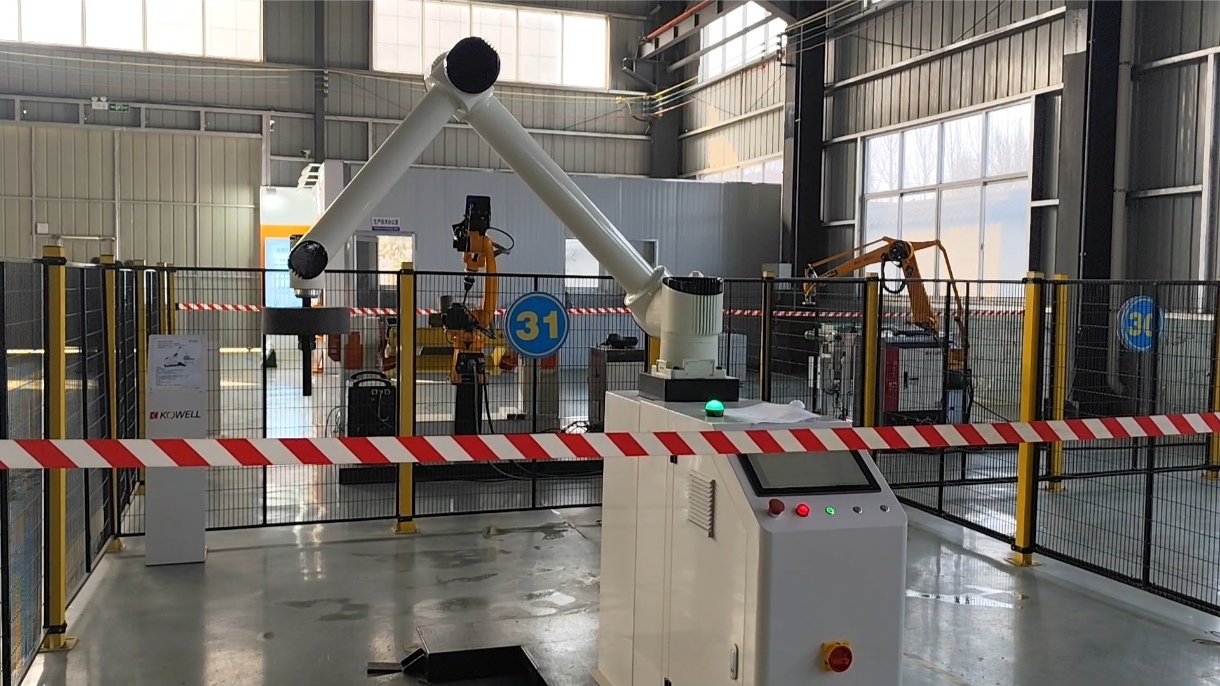In the wave of intelligent manufacturing and automation transformation, every link in the production line is being redefined. In this transformation, the multi-axis palletizing robot has become the "heart" of modern logistics and production with its excellent flexibility, efficiency and precision. It is not only a porter, but also a key hub of the intelligent factory. This article will explore in depth how the multi-axis palletizing robot has gradually evolved from a part of the production line to the core force of the intelligent upgrade of the manufacturing industry.
1. From traditional to intelligent: the revolutionary breakthrough of multi-axis palletizing robot arm
The palletizing task of traditional production lines is usually completed by traditional manpower. Even though the labor cost is relatively low, there are defects in accuracy, continuity and production safety. The characteristics of human beings that cannot be ignored, including basic factors such as worker fatigue and inability to concentrate for a long time, lead to inevitable errors in the handling process, which in turn cause corresponding losses; and as time goes by, the production efficiency of traditional manpower will gradually decline, and it is impossible to meet the high efficiency and high precision requirements required in modern production.
The emergence of multi-axis palletizing robot arms has supplemented the shortcomings of this part of industrial automation production. More degrees of freedom and flexibility allow it to carry items from multiple angles and directions in three-dimensional space. The "tireless" workers, combined with high-precision work performance, make it like a duck in water in a fast-paced production environment, and therefore it has become an indispensable productivity tool in modern intelligent production lines.
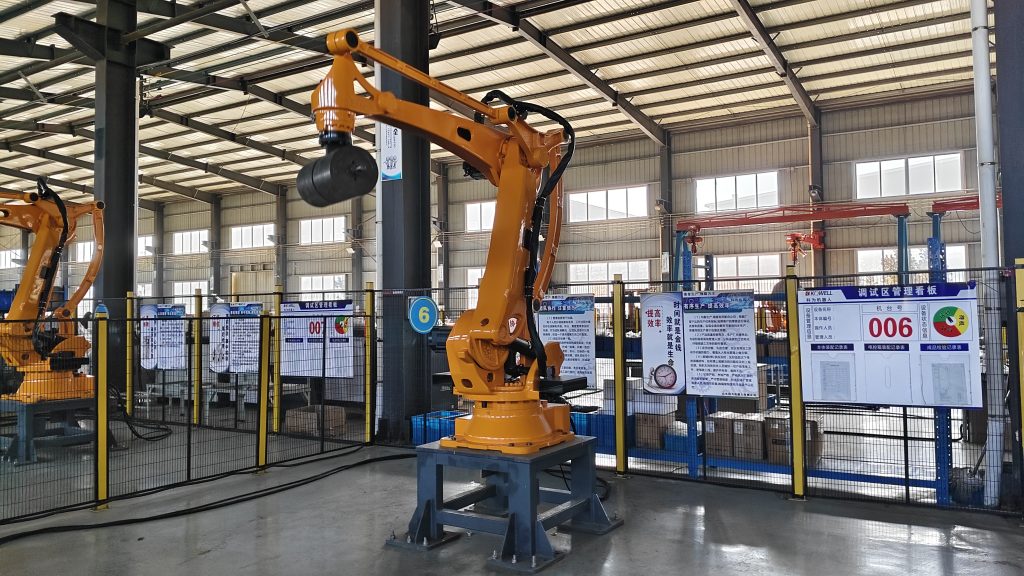
2. Breaking the efficiency bottleneck: the leap from "manual" to "automated"
In many manufacturing and logistics industries, palletizing tasks are often the part of the production chain that is prone to bottlenecks. Although the palletizing process is simple, it can easily slow down the pace of the entire production line and affect production efficiency if it is not supported by efficient automated equipment. At this point, the multi-axis palletizing robot arm demonstrates its unique advantages.
The working efficiency of the robot arm far exceeds that of manual operation. In high-speed and high-frequency handling tasks, the robot arm can complete the work 24 hours a day without interruption and is not affected by human factors. By accurately controlling the gripping force and path, the robot arm can efficiently complete the handling of single or complex items, greatly improving the throughput of the production line.
3. Cost optimization and risk avoidance: the "invisible advantages" of multi-axis palletizing robotic arms
Although the initial investment of multi-axis palletizing robotic arms is relatively high, in the long run, the cost savings it brings to enterprises are obvious. First, the introduction of automated equipment has greatly reduced the reliance on manual labor. For some traditional labor-intensive tasks, such as high-intensity, repetitive handling work, robotic arms are undoubtedly the most cost-effective alternative. With the rise in labor costs, companies are increasingly unable to afford the additional expenses brought about by frequent personnel recruitment and training. And its continued investment can bring higher returns to companies in the long run.
4. Adapting to changing demands: flexible customization capabilities
Modern manufacturing, especially in the fields of logistics and packaging, is facing increasingly diverse market demands. From bulk commodities to small batch customized production, the flexibility of manufacturing models is increasingly required. Multi-axis palletizing robots have successfully met this challenge through their high programmability and intelligent adaptability.
This high degree of flexibility not only improves production efficiency, but also enables companies to gain greater competitiveness in customized production. The application of automated intelligence makes "personalization" in the production process no longer a problem, and companies can meet the diverse needs of customers more efficiently.
5. The future of intelligence: the evolution of multi-axis palletizing robot arms
With the continuous advancement of artificial intelligence, machine learning and Internet of Things technologies, the intelligence level of multi-axis palletizing robot arms is also constantly improving. The robot arm of the future will not only be a simple "porter", it will become smarter, able to autonomously analyze the environment, predict task requirements, and even optimize the workflow through self-learning.
In the ecosystem of the smart factory, automated intelligence will work highly collaboratively with other robots, sensors, and control systems to create a fully automated and intelligent production environment. From product design, production, packaging, to every link of transportation, the robot arm will collaborate in a seamless way to truly realize the vision of intelligent manufacturing.
6. Conclusion: Welcome to a more efficient and flexible industrial era
The application of multi-axis palletizing robot arms is not only an important step in manufacturing automation, but also a symbol of the Industrial 4.0 era. It injects strong competitiveness into enterprises by improving production efficiency, reducing costs, improving safety, and flexibly adapting to market changes. With the continuous advancement of technology, future automation intelligence will be more intelligent and become an indispensable part of the intelligent transformation of the manufacturing industry.
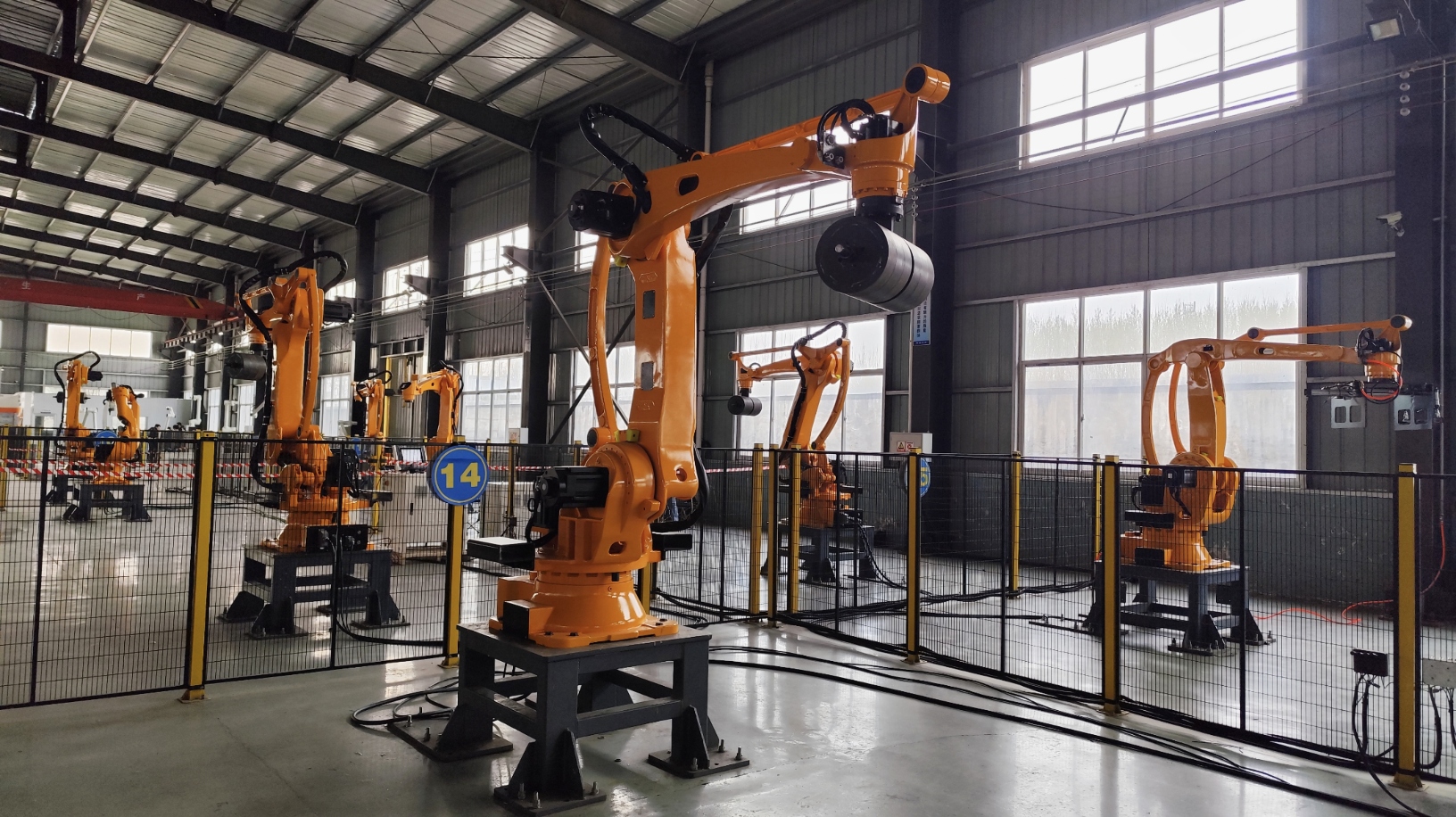
Online Consultation
Hello, the current customer service is offline. You can leave your contact information and the staff will respond to you as soon as possible!


